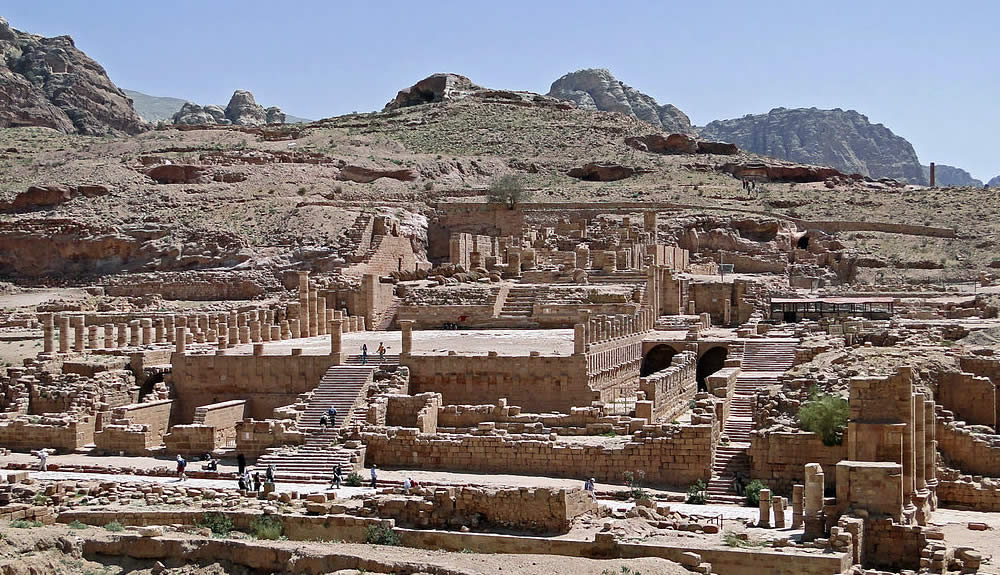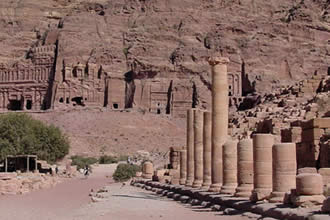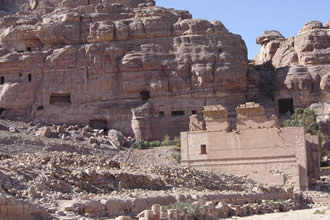 The “Great” Temple Complex represents one of the major archaeological and architectural components of central Petra. Since 1993 archaeologist from Brown University have been Excavating this temple precinct. These investigations are conducted under the auspices of the department of Antiquates of Jordan .
The “Great” Temple Complex represents one of the major archaeological and architectural components of central Petra. Since 1993 archaeologist from Brown University have been Excavating this temple precinct. These investigations are conducted under the auspices of the department of Antiquates of Jordan .








| TravelTalia gebruikt cookies om je een zo goed mogelijke ervaring te geven. Meer informatie > | Ik snap het! |